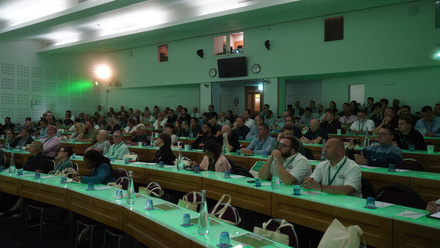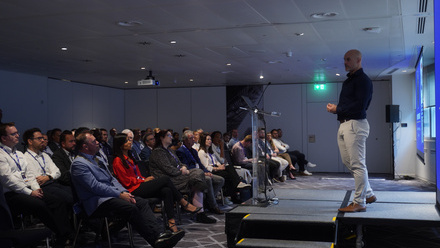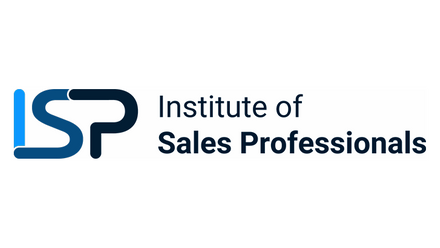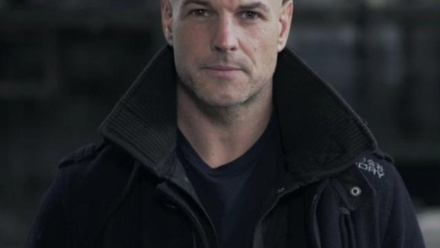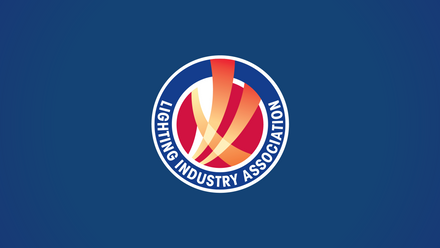Lighting the Way: Why Our Industry Must Lead on Compliance
For the lighting industry, which plays a vital role in the safety of our built environment, this serves as a stark reminder of our profound responsibility to uphold the highest standards, not just for legal adherence, but for the safety and trust of the public. The documentary powerfully illustrated how many small failures led to one catastrophic failure, the Grenfell Tower fire itself, highlighting the critical need for individuals and companies to take ownership of their products and processes, rather than passing the blame to others.
In the wake of such revealing narratives, it’s easy to point fingers at legislators, government bodies, and manufacturers. However, the true lesson lies in introspection. We, as an industry, must proactively step up and ensure that we are doing the right thing, every single time. This isn't merely about avoiding punitive measures; it’s about safeguarding lives and maintaining the integrity of our products and services.
One alarming area where this commitment to compliance has been found wanting is in the testing of TP(a) and TP(b) rated diffusers. For too long, some in the industry have relied on a withdrawn 1977 standard, even when dealing with multi-layered diffusers. This outdated approach fails to reflect the complexities of modern product design and, more importantly, poses a significant safety risk. The Lighting Industry Association (LIA) has recognised this critical loophole and has taken decisive action. We have submitted a proposal to the British Standards Institution (BSI) for a Publicly Available Specification (PAS) that will provide clear, correct guidance on how to test TP(a) and TP(b) when considering the use of multi-layered diffusers, rather than the simplistic single-layer approach.
The urgency of this initiative was starkly highlighted in our recent market compliance exercise. Out of 10 products selected for testing, which claimed TP(a) compliance, a staggering 9 failed when assessed against the rigorous methodology outlined in our proposed PAS. This is simply unacceptable. It underscores the pervasive issue of non-compliance that, while unintentional, carries very real dangers.
The LIA is resolute in its commitment to drive this change. We will continue to push and advocate for better test methods, ensuring they are robust, relevant, and reflect the nuances of contemporary lighting products. More than that, we are dedicated to assisting our members in every way possible to ensure their products not only meet, but exceed, our stringent requirements.
This collective responsibility extends beyond manufacturers and testing bodies. It falls upon every individual within the industry to address the importance of not being complicit if you can see people not adhering to the requirements. Turning a blind eye to non-compliance is, in itself, a form of failure that can contribute to a larger, more devastating outcome.
The time for complacency is over. "Grenfell: Uncovered" was a powerful warning, a reminder of the fragility of systems built on shortcuts and inadequate oversight. The lighting industry has a critical role to play in building a safer, more reliable future. By embracing rigorous compliance, advocating for robust standards, and empowering every individual to act with integrity, we can truly light the way forward.

